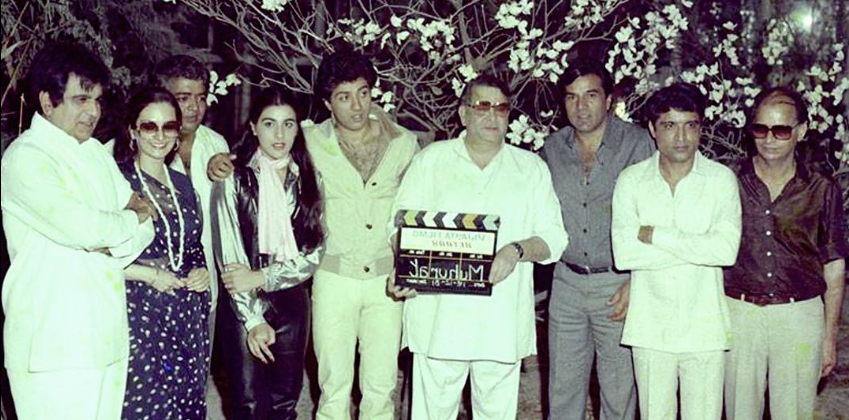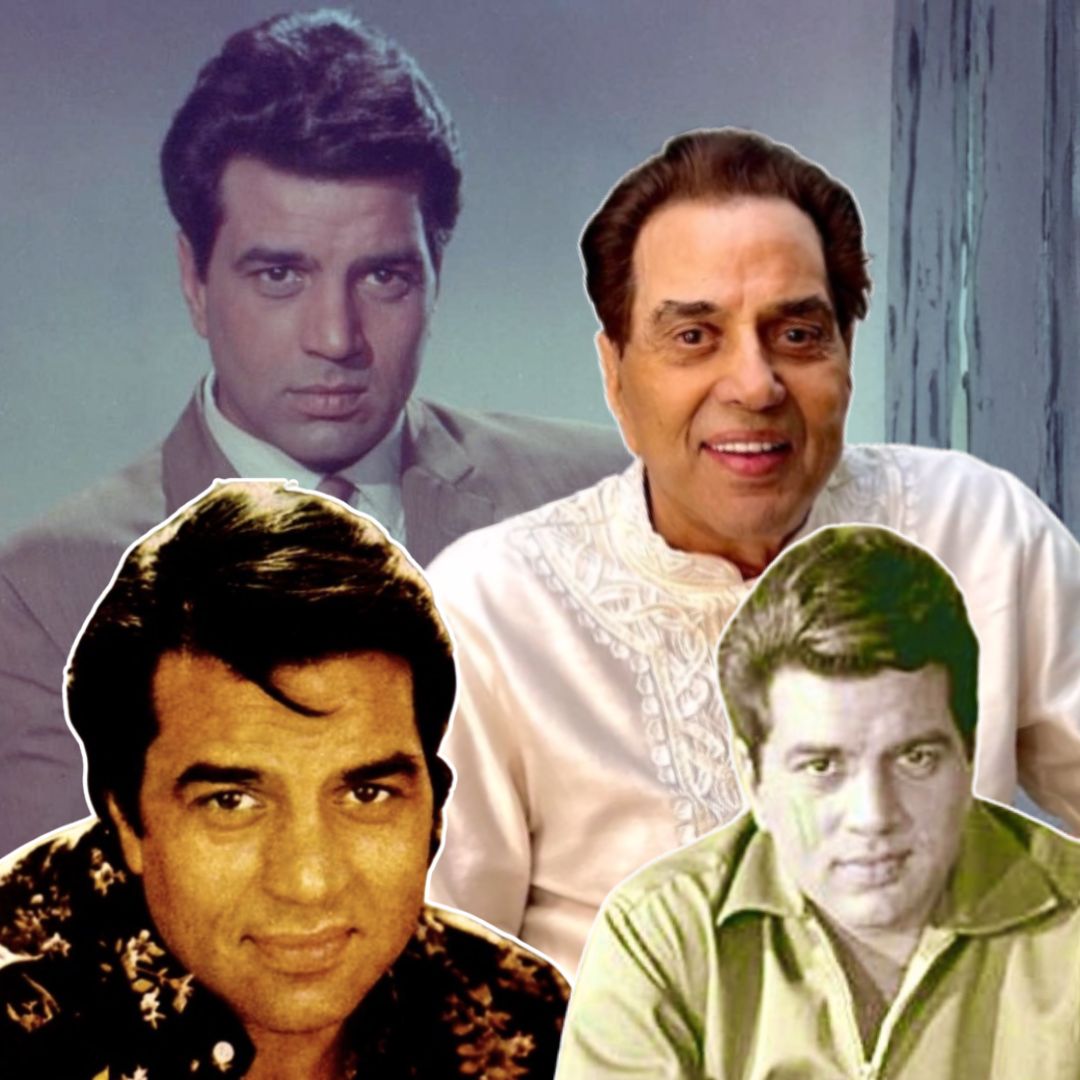Dharmendra, Bollywood’s iconic “He-Man,” passed away recently at the age of 89, leaving behind an unparalleled legacy spanning over six decades. With more than 300 films to his credit, Dharmendra’s journey is a testament to versatility, charisma, and sustained excellence.
From his debut in 1960’s Dil Bhi Tera Hum Bhi Tere to his blockbuster roles and production ventures, he emerged as one of Indian cinema’s most celebrated figures. His contributions earned him prestigious accolades like the Padma Bhushan in 2012 and the Filmfare Lifetime Achievement Award, with industry peers and audiences alike celebrating his enduring influence.
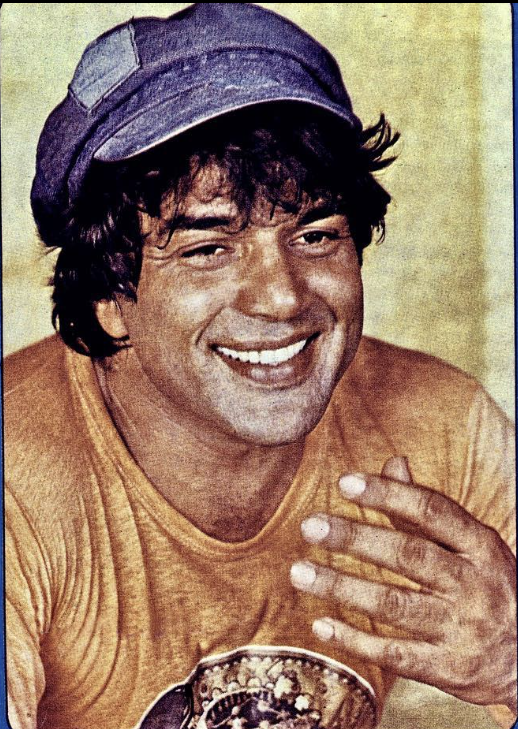
A Versatile Star: From Romantic Hero to Action Legend
Dharmendra’s early career saw him as a romantic lead in films such as Ayee Milan Ki Bela (1964) and Anpadh (1962), where his charm quickly captivated audiences. His breakthrough as a solo lead came with the 1966 blockbuster Phool Aur Patthar, which also marked his transformation into an action hero.
The 1970s marked his prime, with iconic roles in films like Mera Gaon Mera Desh (1971), Rakhwala (1971), and Jugnu (1973). However, it was his role as Veeru in the 1975 cult classic Sholay that defined his career and immortalised him in Indian cinematic history for generations. Dharmendra was celebrated for seamlessly blending intense action with emotional depth, paving the way for stars who followed.
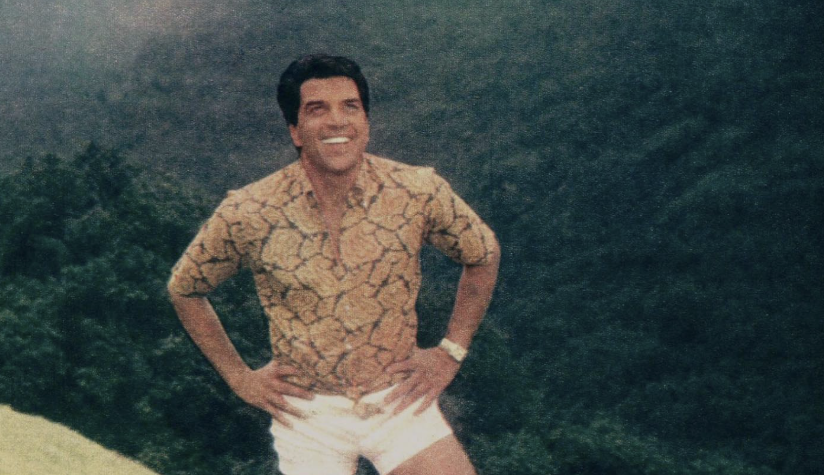
Producing Success and Sustaining Legacy
Beyond acting, Dharmendra made significant contributions as a producer, establishing Vijayta Films and launching the careers of his sons Sunny Deol and Bobby Deol. His production Ghayal (1990), starring Sunny Deol, was a major success, winning seven Filmfare Awards and a National Film Award.
His commercial hits in the 1980s and 1990s, including Hukumat (1987) and Naakabandi (1990), showcased his enduring screen presence. Even in the later years of his career, Dharmendra remained active, appearing in films like Yamla Pagla Deewana, Rocky Aur Rani Kii Prem Kahaani (2023) and Teri Baaton Mein Aisa Uljha Jiya (2024), thus bridging generations of cinema lovers.

Dharmendra’s Enduring Cultural Impact and Legacy
Dharmendra’s influence extends far beyond his vast filmography, embedding itself deeply into Indian cultural and cinematic consciousness. As Bollywood’s original “He-Man,” he revolutionised the portrayal of masculinity by combining rugged physicality with emotional vulnerability, challenging traditional stereotypes and expanding the possibilities for male roles in Indian cinema.
His iconic status was also reflected in his pioneering style, making him one of India’s first effortless fashion icons whose persona transcended the screen to inspire genuine cultural trends. Off-screen, he remained a humble, grounded figure with strong ties to his Punjabi roots, admired for his unwavering dignity and kindness. Dharmendra’s legacy persists through his family lineage in cinema, especially his sons Sunny and Bobby Deol, who continue to uphold his values and passion for the arts.
His impact celebrates the fusion of strength and sensitivity that resonates with audiences across generations, preserving his place as a timeless symbol of Bollywood’s golden era and Indian cultural heritage.
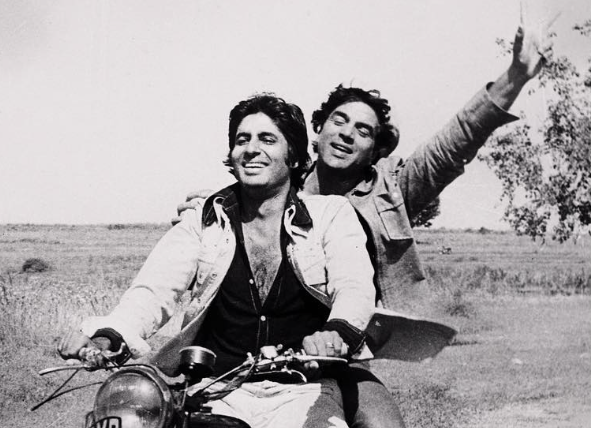
Dharmendra’s legacy also encompasses his inspiring dedication to fitness and his active engagement with fans through social media. Even in his late 80s, he maintained an impressive fitness routine, posting gym and swimming videos that motivated admirers of all ages.
His charismatic and humble off-screen personality contributed significantly to his widespread appeal, earning him respect across generations and industries. Beyond the screen, he served as a Member of Parliament and was a judge on popular reality shows, showcasing his versatility and commitment to public life. His contributions continue to shape Bollywood’s evolving narrative and cultural fabric.
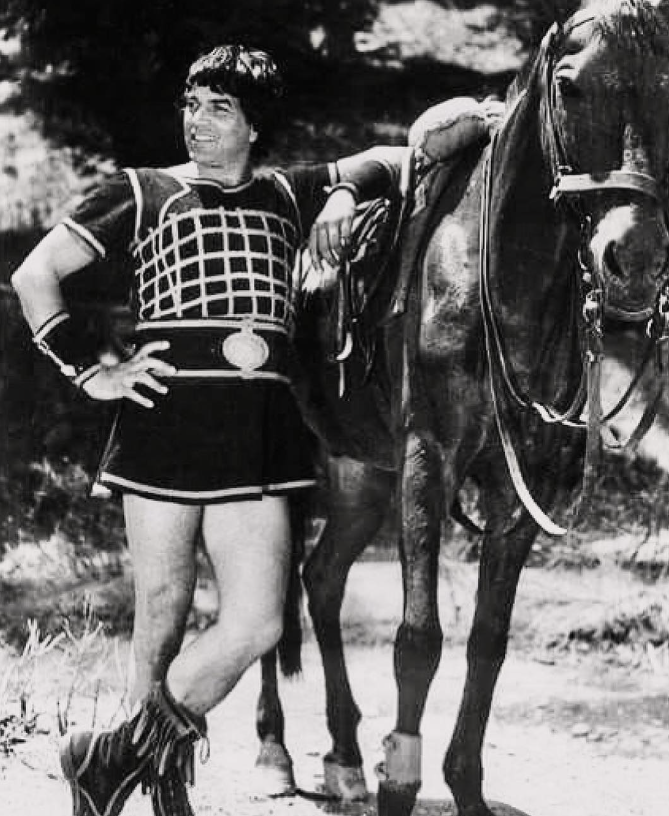
The Logical Indian’s Perspective
Dharmendra’s extraordinary journey is a shining example of cinema’s power to connect hearts and cultivate empathy. His body of work not only entertained but also built cultural bridges by portraying strength, vulnerability, and humanity in compelling ways.
As a nation reflects on the loss of this towering figure, The Logical Indian recognises his lasting contribution to peaceful dialogue through art. His legacy encourages the cinematic world to uphold values of kindness, coexistence, and respect through storytelling.
